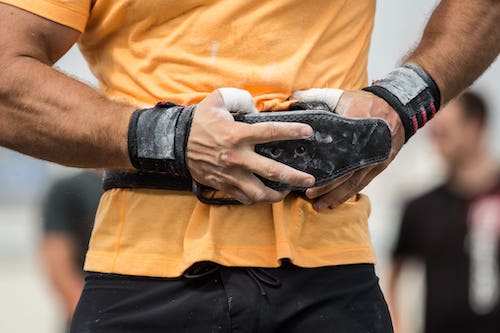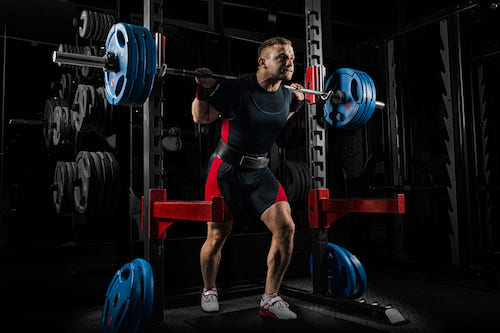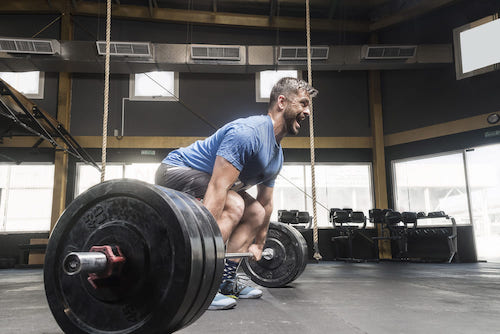Your cart is empty
Start Shopping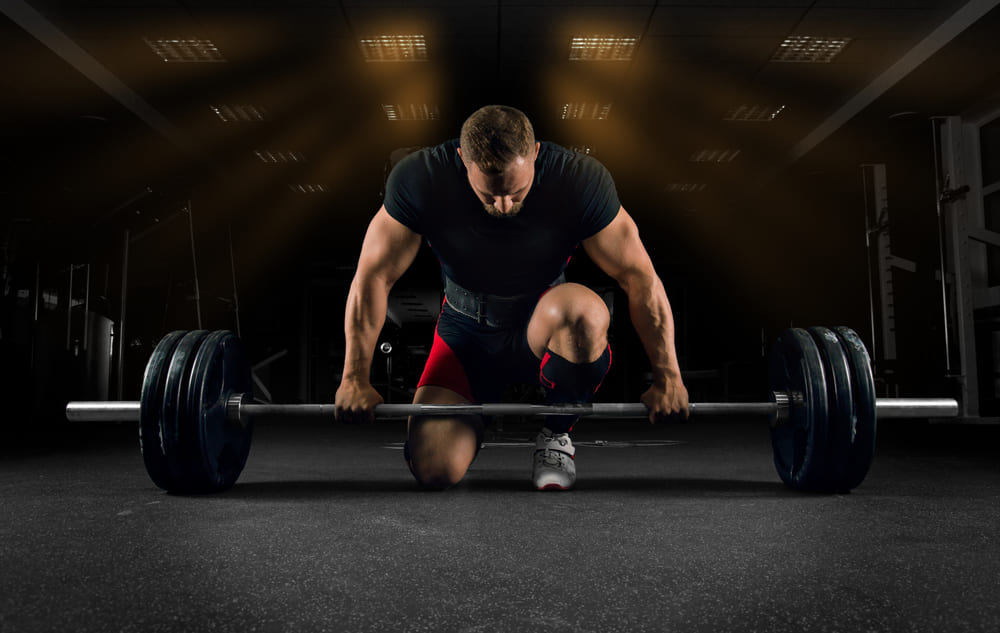
Powerlifting is a fast-growing sport with a bright future. Powerlifting, like a great many others, needs a specialized equipment in order to be adequately practiced.
The best powerlifting belt is an example of an item of powerlifting gear that leaves room for personal preference. The lever belt and the prong belt, in particular, are two of the most well-liked and widely used belts among powerlifters.
When deciding between a prong or lever belt, it’s helpful to understand the key distinctions between the two as well as the benefits and drawbacks of each powerlifting belt.
What is a powerlifting lever belt?
Both a lever belt and a prong belt are adjustable, and both provide equal degrees of lower back support and intra-abdominal pressure during heavy exercises. Many people like lever belts because they are easier to put on and can be fastened with one hand.
What is a powerlifting prong belt?
A prong belt can feature either one or two prongs. It’s not as simple to fasten as a lever belt, but it allows for customization of the belt’s tightness to suit the needs of the lift or the lifter’s size.
What’s the difference between a lever and a prong belt?
To choose between a lever belt and a prong belt, think about how snug you prefer your belts, how much you want to spend, and how flexible you’d like the belt to be. How you respond will help you decide between the two belts.
1. Cost
You’ll probably choose the cheaper option when picking between two identical items. Given that lever belts are usually $30 to $40 more, a prong belt is the more cost-effective option here.
Although price is a factor, it’s not always wise to choose the least expensive alternative. The same may be said for workout accouterments like gloves, wrist wraps, and knee coverings; you’ll likely buy single pairs over a year.
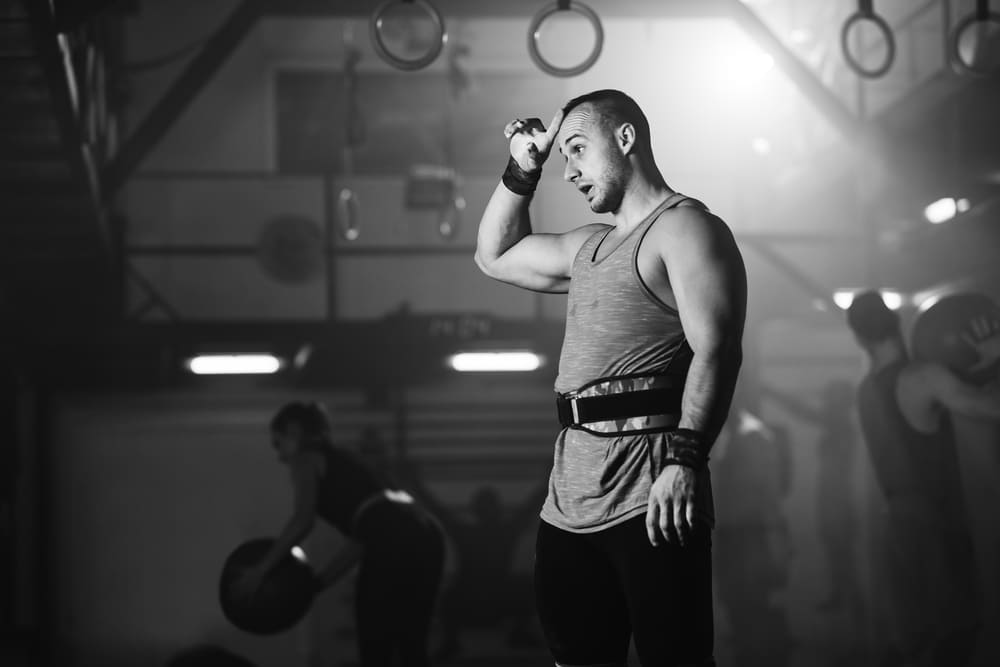
However, if you properly care for your lifting belt, it should serve you well for many years to come. As a result, you need to factor in the belt’s longevity before making your choice. If the price difference between the two belts is what you’re considering, I’d recommend spending the additional money. There is a price difference between the two belts, but it’s important to keep in mind that, despite this, the two belts are essentially of the same quality and will last around the same period of time.
2. Versatility
Wearing a lifting belt properly is crucial to its effectiveness. In order to fully engage their core muscles before a heavy lift, many weightlifters find that keeping the belt a bit loose is preferable. A prong belt, which can have a single or double prong, is preferable in this situation since it allows for more precise tightening.
Lever belts can be worn significantly tighter than prong belts – up to 2″ tighter. The downside is that you have to take them apart to change the sizing which means you have to include a screwdriver in your equipment bag.
3. Ease of Use
Once you figure out how to adjust the belt’s length, the lever belt is much easier to use than conventional belts. One advantage of the lever belt is that it can be removed with a single action, making it more convenient to use. After a heavy lift, it might be useful to remove the belt as soon as possible so you can relax your muscles and breathe normally again.
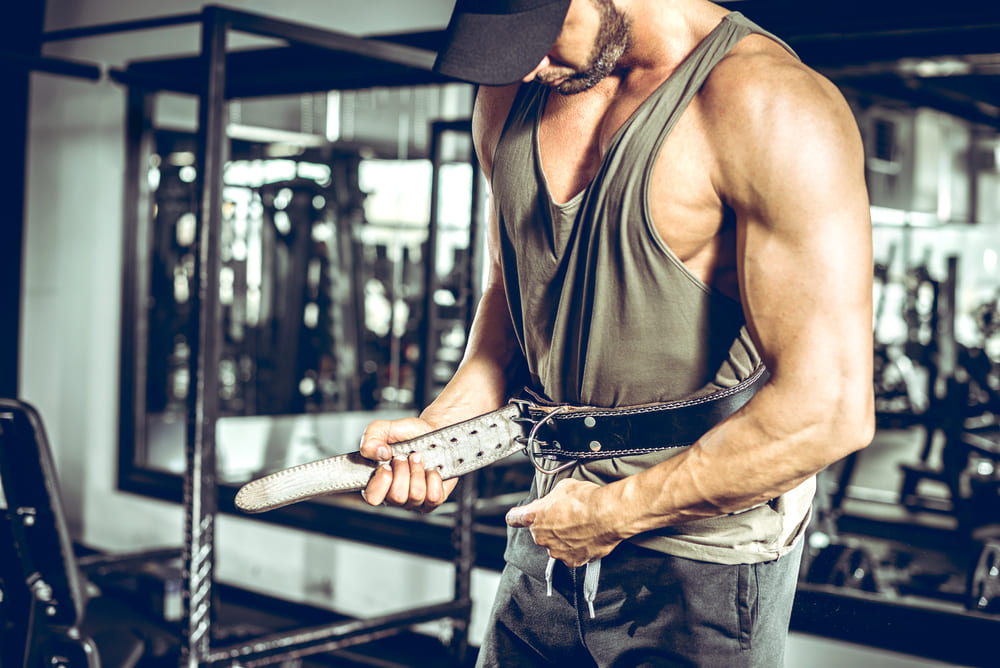
A lever belt can be adjusted to a snugger fit than a prong belt. Some weightlifters like a much tighter level of a belt; for them, the prong belt may not be tight enough. In addition, after you’ve tightened the lever belt to a comfortable level, it will remain in that position permanently.
4. Tightness
The next thing to consider before purchasing is how tight it is. As we discussed briefly in the last section, tightness is an important factor to take into account when buying a powerlifting belt.
Lever belts are tighter than prong belts due to their design. The tightness of a lever belt can be locked into place and remain there, but the tightness of a prong belt may change if it is adjusted frequently.
Not all powerlifters prefer tight belts. While a snug fit is necessary for a belt to perform its function, some individuals may feel more comfortable with a bit of wiggle space.
5. Adjustment
Having the option to adjust the belt is another crucial feature to look for in a powerlifting belt. There is no such thing as a one-size-fits-all belt, although some are more versatile in terms of adjusting to your waist size than others.
The buckle design of a prong belt makes it simpler to adjust than a lever belt, but let’s examine both types of belt buckles in further detail. The lever’s height and the belt’s prong length are both adjustable to suit the wearer.
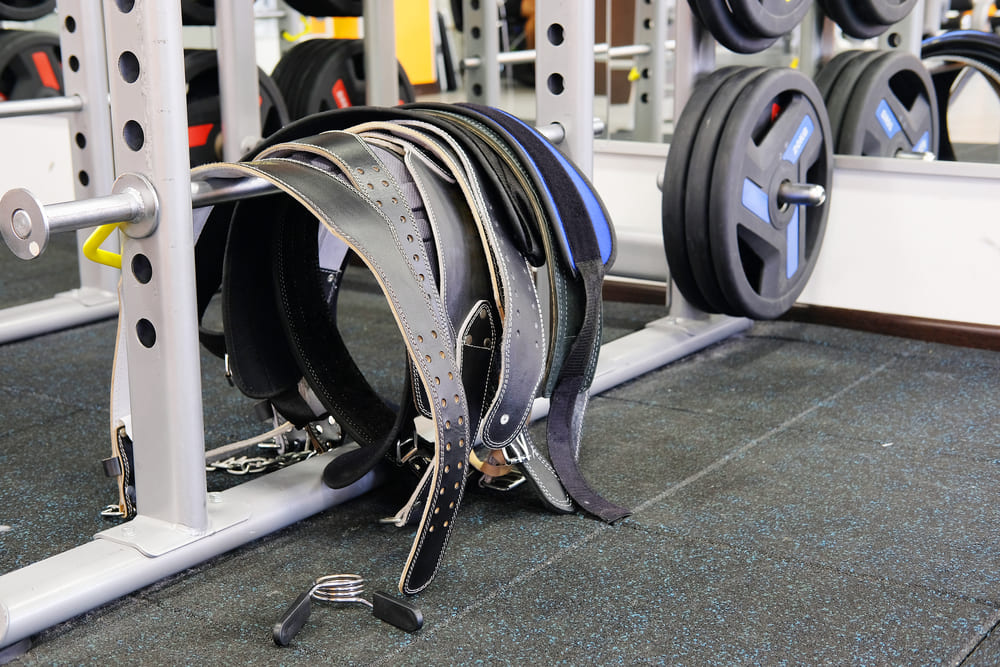
Lever Belt Pros & Cons
Pros:
· Is more safe and sound
· One of the benefits is that it may be adjusted to a tighter setting.
· It is less difficult to operate.
Cons:
· It’s more money out of your pocket.
· It’s not easy to make changes to the size.
Prong Belt Pros & Cons
Pros:
· It expands your range of potential actions.
· Versatile
· It’s more cost-effective
Cons:
· Belt tightness has a limit
· It may take longer to put on
Conclusion
A lever belt is a way to go if you want a lifting belt that is both more secure and more snug than a traditional belt. If you’re on a tighter budget but still want a belt that can be adjusted to fit various waist sizes, you can purchase either a single- or double-prong style.

